Last Chance to Catch NYC's Holiday Notalgia Train
We met the voices of the NYC subway on our nostalgia ride this weekend!


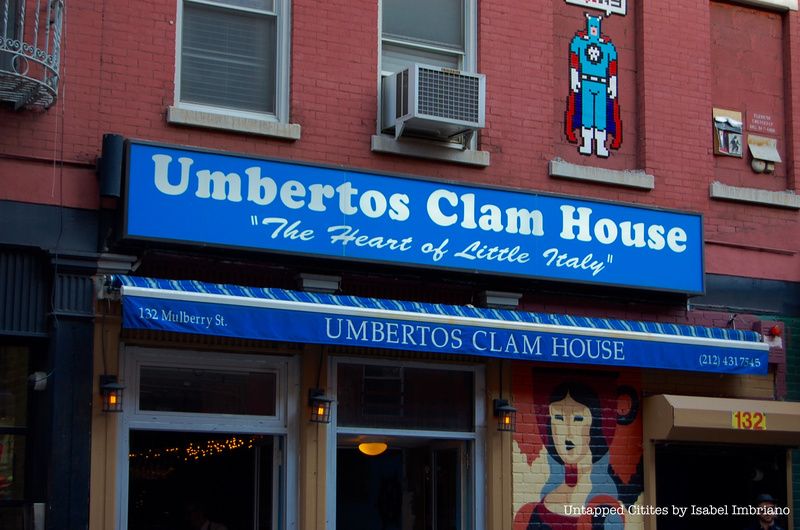
New York City sidewalks have certainly seen their share of crime scene tape–though in most cases, the blood has faded from the pavement, the gunshots can no longer be heard and in one instance, the scene has been replaced by a coffeeshop. In part 1 of our look at notorious city crime scenes, we take a look at sites of famous deaths, from a “beautiful” suicide to violent mob killings.
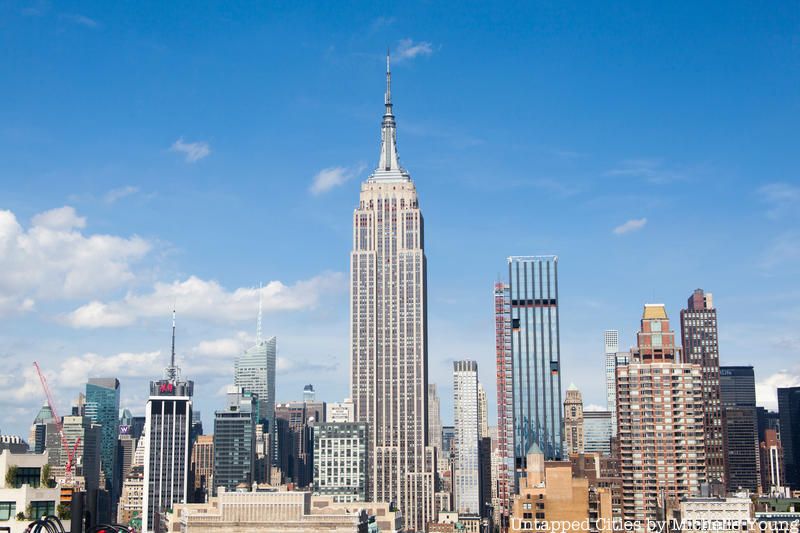
Since its completion in 1931, the 102-story Empire State building has unfortunately been the scene of numerous suicides. One particularly tragic death was immortalized in LIFE magazine as “the most beautiful suicide.” On May 1, 1947, 23-year-old Evelyn McHale lept from the observation deck and plummeted 86 floors to her death. Her body crushed the hood of a parked United Nations Assembly Cadillac as onlookers gathered round. Despite the violent fall, she looked peacefully asleep. Photographer Robert C. Wiles captured this photo of her just minutes after her death, which inspired a series of prints by Andy Warhol titled “Suicide (Fallen Body).” McHale was engaged to be married, but she left behind a note saying she “wouldn’t make a good wife for anybody.”
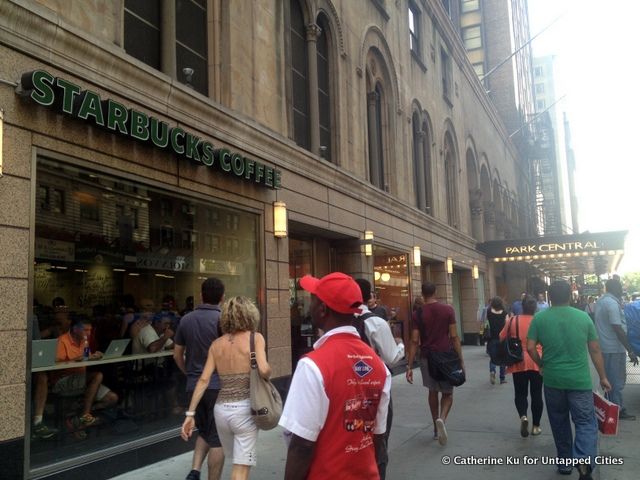
This Midtown hotel was the unfortunate scene of two murders in the twentieth century. In 1928, Jewish mobster Arnold Rothstein (who was behind the 1919 Black Sox Scandal that fixed the World Series) was shot in the stomach as he walked into room 349 in the hotel. Rothstein was able to stumble outside via the service elevator, but not before he got a look at his killer. Strangely, he refused to share the details with police even as he lay on his deathbed. He died two days later. At the time of his death, Rothstein had over $300,000 in gambling debts.
The Park Sheraton must have been a favorite for gangsters, because in October 1957, the crime scene tape went up yet again. Albert Anastasia, head of the Murder, Inc. gang and founder of the Gambino crime family, was receiving a shave in the hotel barbershop when four men walked and riddled him with bullets. The assassins were never found, but they were purported to be rival mobster Joey “Crazy Joe” Gallo (who himself met an unfortunate end) and his brother. Today, the barbershop has been converted into a Starbucks.
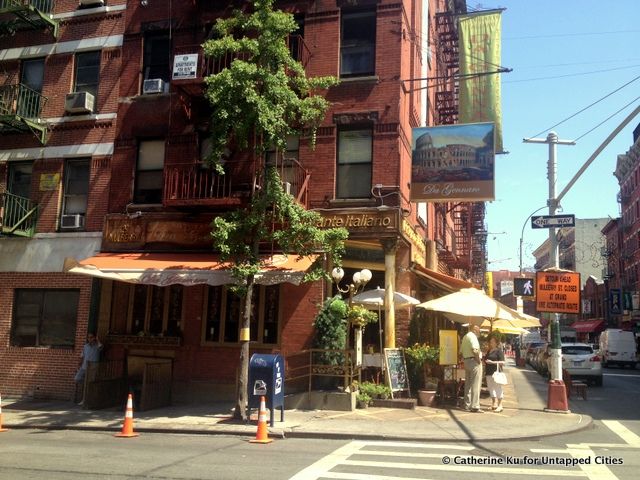
Da Gennaro now occupies the corner of Mulberry and Hester Streets, where Crazy Joe died.
Tony Soprano frequently had a desire to “hit Umberto’s for some scungilli and calamari,” as this Little Italy eatery has been featured numerous times on The Sopranos. Its real-life mob roots run deeper as the site of the assassination of New York gangster Joey Gallo, aka”Crazy Joe.” In the early morning of April 7, 1972, Gallo was celebrating his 43rd birthday at Umberto’s Clam House in Little Italy when a group of gunmen from a rival mob family burst in and shot Gallo five times in the elbow, buttock and back. A gunfight between the assassin and Gallo’s bodyguard ensued in the restaurant and street, during which 20 bullets were fired. (The bodyguard was injured, but assassin escaped by car). Gallo dragged himself outside after his murderer and collapsed in the middle of Hester Street before dying in the hospital. The killers were never arrested.
 New Umberto’s Clam House location.
New Umberto’s Clam House location.
Umberto’s closed in 1996 due to lack of funds, but reopened in 2000 at a different location at 178 Mulberry, just two blocks down from where Gallo met his fateful end. Umberto’s recently moved yet again to 132 Mulberry. Today, 129 Mulberry is home to another restaurant, Da Gennaro. Gallo’s legacy remains, however, in the form of Bob Dylan’s song “Joey,” which was inspired by his death.

Just as it is now, in the 1940s, Riverside Park was a frequent haunt for students at nearby Columbia University. In 1944, the park made headlines as the site of a murder committed by Lucien Carr, a member of a group of Columbia students who later formed the core of the Beat Generation. It was Carr who introduced renowned Beat authors Jack Kerouac and Allen Ginsberg, and it was his friendship with the two men that indirectly lead to his murder of old friend and stalker David Kammerer.
Kammerer met Carr as a youth in the Boy Scouts, and later followed him to New York as he attended Columbia. Kammerer grew increasingly desperate as Carr found a circle of friends (Kerouac and Ginsberg among them) that did not include him. On August 13, 1944, they took a walk in Riverside Park, where Carr later alleged Kammerer made unwanted sexual advances on him. Carr stabbed Kammerer with a Boy Scout knife and tied and dumped his body in the Hudson River. Kerouac helped him dispose of the knife, but Carr later confessed and spent two years in prison before being released. He died in 2005 after a long career as an editor. The aftermath of Kammerer’s murder is the focus of the upcoming film Kill Your Darlings, starring Daniel Radcliffe (a few scenes of which were filmed at Columbia last year).
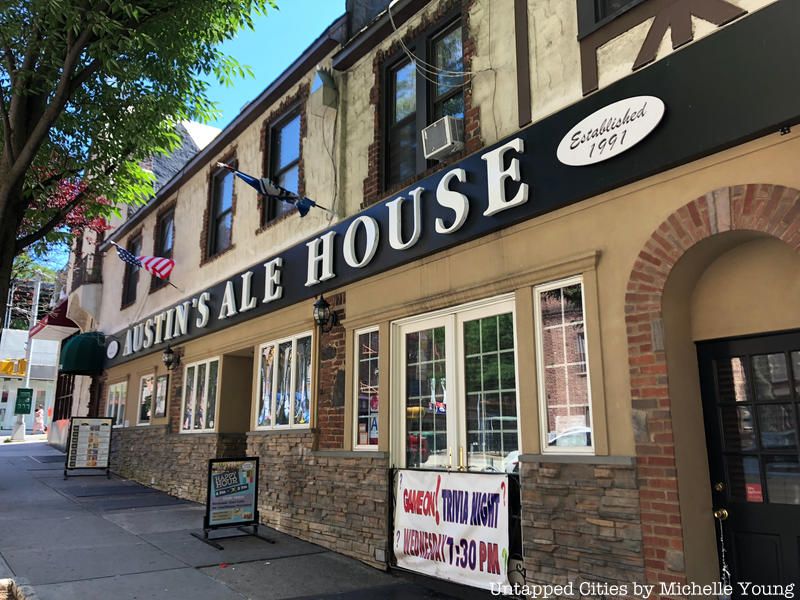
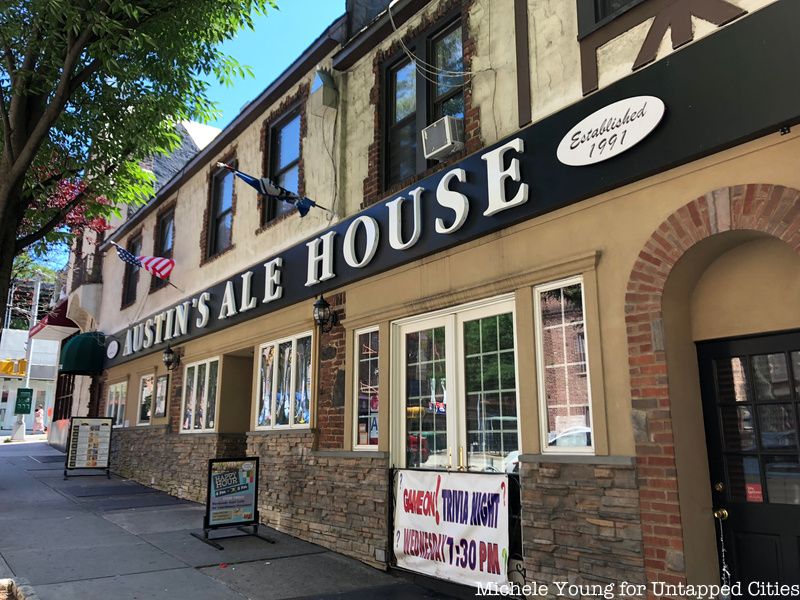
Kew Gardens is a quiet suburb in Queens, but it was a little too quiet one March night in 1964 when 28-year-old Kitty Genovese was brutally stabbed at her doorstep while returning home from work. She was (literally) stabbed in the back by a random slasher. Genovese’s screams prompted one of her sleeping neighbors to shout at the man to leave her alone. The attacker ran off, but later returned to stab Genovese to death in the foyer of her home.
According to a New York Times article published two weeks after her death, 38 people witnessed the murder but not a single one intervened. Since then, this claim has been controversial, but the original story transformed the reputation of Kew Gardens decades after the murder. The circumstances of Genovese’s tragic death became a classic case study for social scientists, known as the “Genovese Syndrome,” or the “bystander effect.” Today, the bottom floor of Genovese’s apartment is occupied by Austin’s Steak and Ale House.
Read on for more notorious crime scenes in NYC: Heists, Bombings and Bank Robberies.
Get in touch with the author @catku.
Subscribe to our newsletter